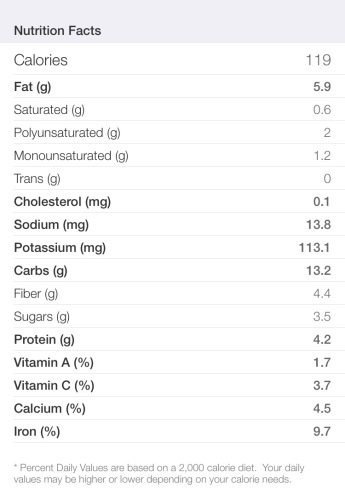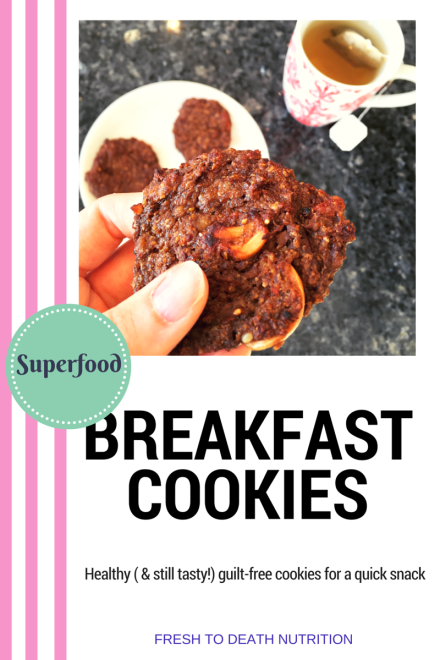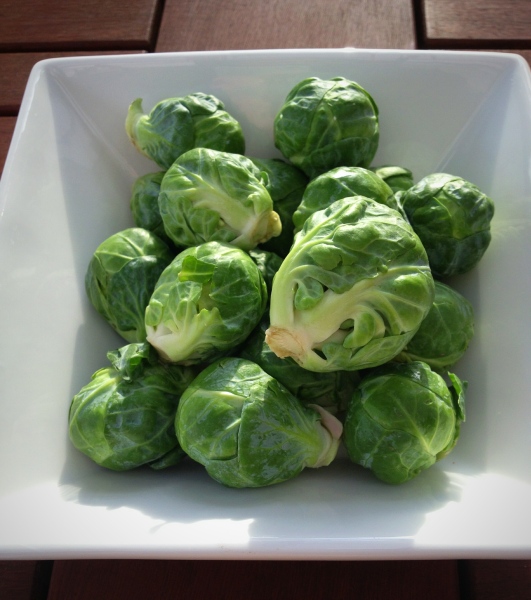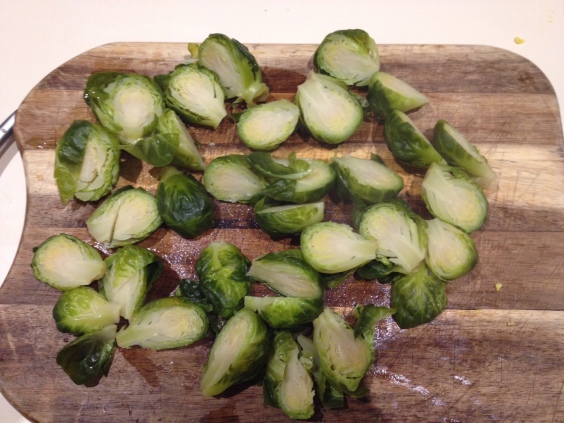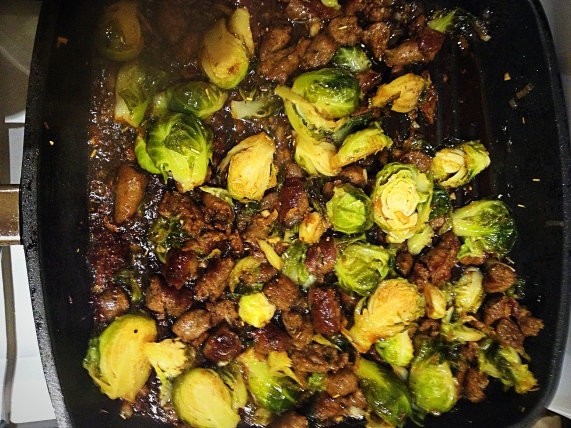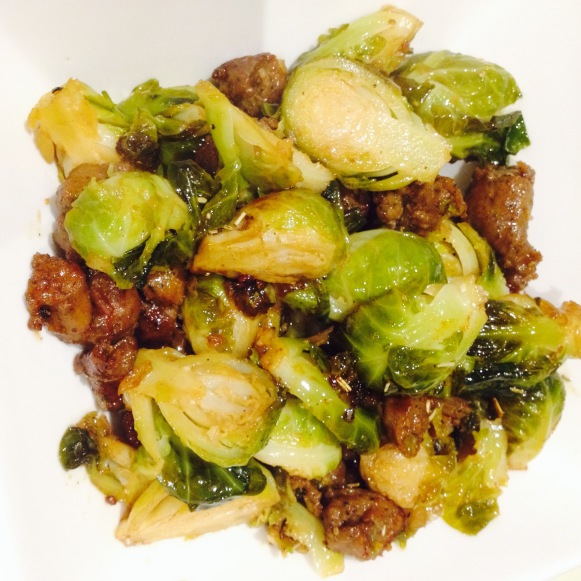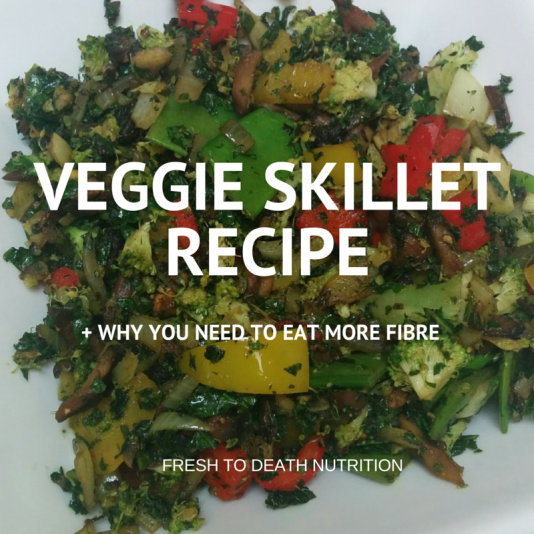Breakfast is the most important meal of the day.
It gives our body the fuel it needs to conquer the day, so it’s important to choose foods that will nourish the body so that we’re provided with enough energy until the next meal. One of the best nutritional pieces of advice I’ve ever received was from an old boss, who told me that her father always believed the first meal of the day should consist of healthy carbohydrates and proteins. After all, you’re breaking the fast that your body endured after dinner and during sleep, so chances are it’s been 12 hours since you last ate.
I’ve always believed that breakfast should be the largest meal of the day, as you’re able to spend the rest of the day expending the energy you’ve consumed. That being said, I know plenty of people who opt not to eat anything at all for breakfast, which would explain why they’re starving when lunch time finally rolls around, and they end up gorging on unhealthier food choices. This in turn of course, usually leads to a slower metabolism, and the need for these people to continually yo-yo diet…and unfortunately perhaps choosing weight-loss supplements or diet meal replacement shakes in search of a quick fix to losing the weight.
Luckily for those people, I’ve discovered a simple way to eat breakfast — in the form of cookies! Everyone enjoys a warm ooey-gooey cookie, and the convenience of these healthy treats means there won’t be any excuse for not eating breakfast.
These cookies were actually somewhat of an accidental discovery when I realised I’d cooked too much porridge on the stove. Curiosity and ingenuity led to me dumping all of my superfoods into the food processor, and then mixing the concoction into the warm oats in the pot. After playing with oven cooking times and temperatures, I took the guess-work out for you, and lo and behold: my Superfood Breakfast Cookies!
INGREDIENTS
Porridge:
- 1 ½ cups Rolled Oats
- 1 cup Almond Mylk
- 2 Tbsp Cacao
- 2 Tbsp Maca Powder
- 2 Bananas, coarsely chopped
- 1 Tsp Organic Vanilla Extract
- 3 Tbsp Honey
Superfoods Blend:
- 1 Tbsp Flax Seeds
- ½ cup of Bran Flakes
- ¼ cup Raisins
- ¼ cup Goji Berries
- 1 Tbsp Bee Pollen
- 1 Tsp Chlorella
- 1/3 cup mixture of Brazil Nuts, Pecans & Cashews
- 2 Tbsp Chia Seeds
- 5 Prunes (can be substituted for dates to use as sweetener)
- ¼ cup Hemp Hearts
- 1 Tbsp Acai Powder
- * Coconut Water (use sparingly)
DIRECTIONS
Combine the oats, almond mylk, cacao, maca powder, bananas, vanilla extract and honey in a medium sized sauce pan, thoroughly mixing everything together. Cover pot with lid, and leave on medium heat until mixture begins to thicken and oats are soft, about 10 minutes.
While oat mixture is cooking, combine the remaining ingredients into a food processor or blender. To keep the mixture from sticking, add small amounts of the coconut water until the mixture has the consistency of crunchy peanut butter.
Once oats have finished cooking, remove from heat and add the blended nutty superfood mixture to the pot, and stir. The batter should resemble that of oatmeal cookies. If the result is too runny, add more chia seeds and allow the mix to sit while the seeds gel. If the mixture is too thick, add small amounts of coconut water.
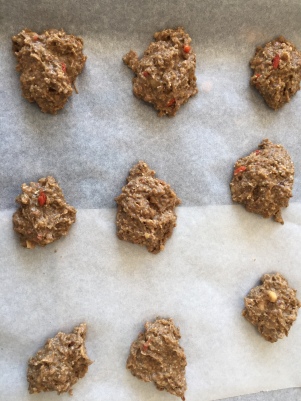
Preheat the oven to 175*c / 345*f and line 2 baking pans with parchment paper. Form the sticky batter into balls, then place on the baking pans, flattening them out into a cookie shape. The cookies will rise and taste more like a muffin if the batter isn’t spread flat enough on the sheets. Ensure that cookies are not touching each other.
Once oven is hot enough, place the cookies on the middle rack and bake for 10 minutes. When the edges begin to look slightly browned, remove the pan from the oven and let cool for 5 minutes.
Next, you’ll need to flip the cookies so that they can get crunchy on the underside.
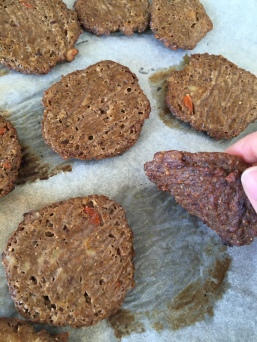
Place back in oven for an additional 7-10 minutes, or until cookies begin to look hard. Remove from heat, and let cool.
As the cookies may still retain some of their moisture inside, they store best in the fridge, uncovered in a container and are best consumed within 5 days. If you can’t eat 36 cookies in 5 days though, they also freeze well.
MAKES: 36 cookies
PREP TIME: 10 minutes
TOTAL COOKING TIME: 30 minutes
Nutritional info per cookie:
